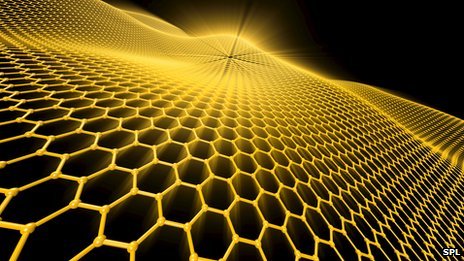ScienceRocks
Democrat all the way!
- Banned
- #1
Using graphene, scientists develop a less toxic way to rust-proof steel
Using graphene, scientists develop a less toxic way to rust-proof steel
Phys.org) -- University at Buffalo researchers are making significant progress on rust-proofing steel using a graphene-based composite that could serve as a nontoxic alternative to coatings that contain hexavalent chromium, a probable carcinogen.
In the scientists' first experiments, pieces of steel coated with the high-tech varnish remained rust-free for only a few days when immersed continuously in saltwater, an environment that accelerates corrosion.
By adjusting the concentration and dispersion of graphene within the composite, the researchers increased to about a month the amount of time the treated steel can survive in brine. (Because brine is an extremely harsh environment, the coated steel's survival time in the real-world would be many times longer.)
The UB chemists leading the project are Sarbajit Banerjee, PhD, an assistant professor, and Robert Dennis, a PhD student. Their next step is to use a $50,000 grant from the New York State Pollution Prevention Institute to enhance the graphene composite's lasting power, as well as the quality of its finish.
Using graphene, scientists develop a less toxic way to rust-proof steel
Phys.org) -- University at Buffalo researchers are making significant progress on rust-proofing steel using a graphene-based composite that could serve as a nontoxic alternative to coatings that contain hexavalent chromium, a probable carcinogen.
In the scientists' first experiments, pieces of steel coated with the high-tech varnish remained rust-free for only a few days when immersed continuously in saltwater, an environment that accelerates corrosion.
By adjusting the concentration and dispersion of graphene within the composite, the researchers increased to about a month the amount of time the treated steel can survive in brine. (Because brine is an extremely harsh environment, the coated steel's survival time in the real-world would be many times longer.)
The UB chemists leading the project are Sarbajit Banerjee, PhD, an assistant professor, and Robert Dennis, a PhD student. Their next step is to use a $50,000 grant from the New York State Pollution Prevention Institute to enhance the graphene composite's lasting power, as well as the quality of its finish.


